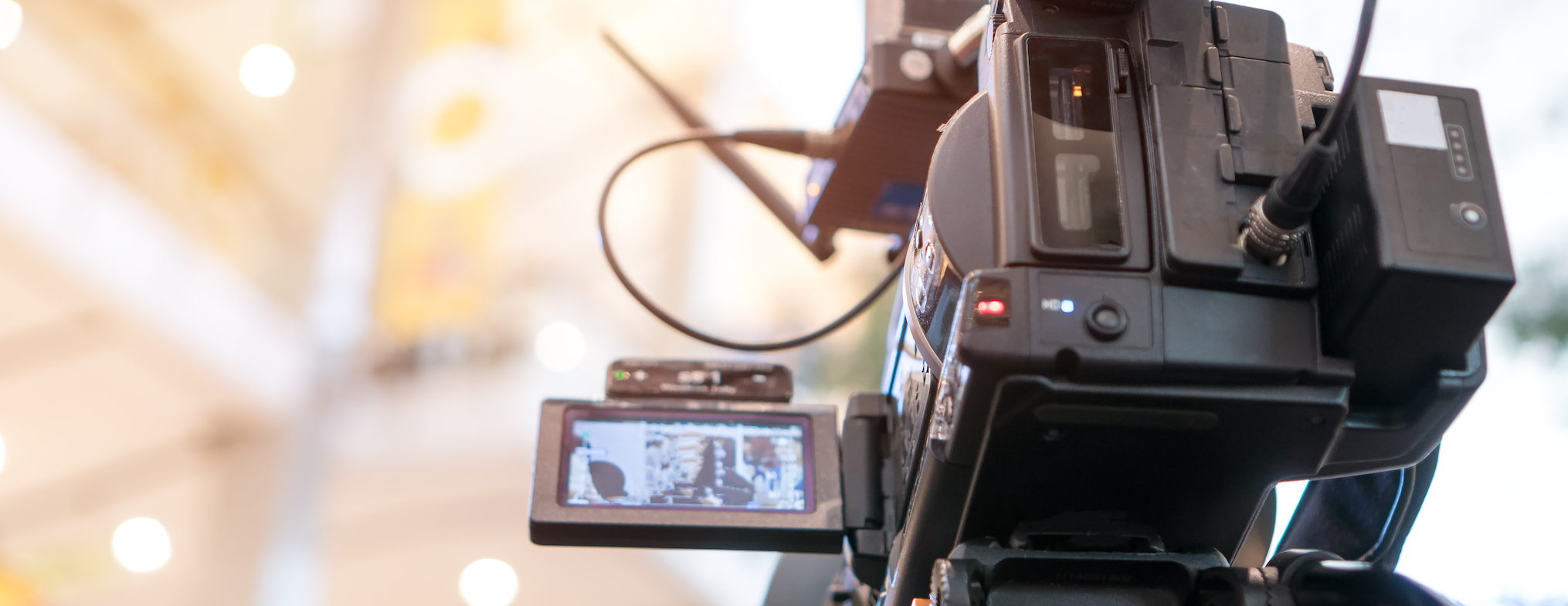Checking Out the Vitality of Legal Videography: a Comprehensive Understanding Into Its Capability in Maintaining Accurate Visual Records for Legal Situations
Legal videography stands as an essential component in the world of lawful procedures, functioning as a quiet yet effective onlooker in the pursuit of justice. The application of video clip innovation in documenting lawful situations exceeds plain record-keeping; it envelops the very significance of occasions, emotions, and testaments that unravel within courtrooms. By meticulously recording visual proof, legal videography not only protects the accuracy of these minutes however also supplies a deeper understanding of the details included. As we explore the functionality and relevance of legal videography in the context of legal cases, an extensive awareness dawns upon the important duty it plays fit the program of justice.
Significance of Legal Videography
Highlighting the crucial role of legal videography in modern-day legal procedures, its relevance hinges on its capability to give irrefutable visual proof that boosts the presentation of testaments and facts. By catching online occasions, depositions, and witness testimonies in a video style, lawful videography makes certain that every detail, expression, and nuance is precisely maintained for later testimonial. This aesthetic documentation serves as a powerful tool in courts, enabling courts and jurors to much better recognize the context of an instance and make educated choices based upon the presented evidence.
Moreover, legal videography adds to boosted transparency and accountability in the lawful system. In essence, the significance of lawful videography lies in its ability to promote the honesty of the legal procedure by capturing and preserving exact visual documents that sustain the quest of justice.
Capability in Lawful Documentation
Legal videography's role in modern-day lawful proceedings prolongs past giving visual evidence; its capability in lawful paperwork is essential for precisely protecting the information of occasions and testaments. Via the thorough recording of depositions, court room proceedings, witness testimonies, and crime scene investigations, legal videography ensures an unfiltered account of occasions that can be reviewed and evaluated throughout the lawful procedure. This exact documentation acts as a crucial resource for judges, legal representatives, and juries to reference certain minutes, body language, face expressions, and subtleties that may not be fully captured in composed records alone.
Furthermore, legal videography plays a crucial duty in preserving the honesty of lawful procedures by minimizing the threat of misconception or manipulation of details. The aesthetic documents caught via lawful videography give an honest representation of the truths presented throughout a case, supplying a trustworthy and extensive resource of proof that can substantially influence the outcome of lawful disputes (Legal Videography). Basically, the capability of legal videography in legal documents functions as a keystone in upholding transparency, precision, and justness within the lawful system
Relevance in Visual Evidence Preservation
Preserving aesthetic proof through careful recording techniques is an important element of lawful videography. By properly recording these visuals, legal videographers play an essential role in making sure the integrity and credibility of proof offered in court.
Aesthetic evidence preservation also assists in avoiding misunderstandings or misinterpretations that can arise from composed or verbal testaments. The capability to see and listen to occasions as they took place can dramatically affect the end result of an instance. Aesthetic proof can serve as a powerful device for both the prosecution and important site defense in presenting their debates persuasively.
Function in Ensuring Justice
In the search of simply lawful and fair outcomes, the function of legal videography is essential. Legal videography plays a crucial function in making sure justice by providing honest and precise visual proof that can substantially affect the result of lawful situations.
Furthermore, legal videography works as a way of protecting turning points and information that might be missed out on or misinterpreted in written transcripts (Legal Videography). By recording scenes, actions, and interactions in real-time, lawful videography assists stop misrepresentations and makes certain that all events entailed have access to the same information, advertising transparency and liability in the lawful process. Eventually, the use of legal videography not only boosts the effectiveness of legal proceedings but also promotes the concepts of justice and equity in the legal system
Vital Tool for Legal Instances

Final Thought
In final thought, legal videography plays an essential role in maintaining exact visual records for lawful situations. Its importance depends on its functionality in legal documentation, significance in aesthetic proof conservation, and function in making certain justice. As an essential tool for legal have a peek at this website instances, legal videography works as a beneficial resource for presenting aesthetic evidence and adding to the general integrity of the legal procedure.
Legal videography's duty in contemporary lawful procedures extends past offering aesthetic evidence; its capability in legal documents is necessary for accurately maintaining the details of testaments and events. In significance, the functionality of lawful videography in legal paperwork offers as a foundation in upholding transparency, precision, and fairness within the lawful system.
Inevitably, the use of lawful videography not only improves the performance of legal procedures yet likewise promotes the principles of justice and equity in the legal system.

As a crucial tool for lawful cases, lawful videography serves as a beneficial resource for offering visual proof and contributing to the total stability of the lawful process.
Comments on “The Ultimate Guide to Legal Videography for Attorneys and Legal Teams”